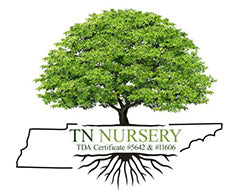Blue Lobelia Is a Beautiful And Unique Perennial
Blue Lobelia, also known as Lobelia siphilitica, is a species of flowering plant in the bellflower family (Campanulaceae). It is native to North America and can grow in moist meadows, streams, and other wet habitats.
It is a perennial plant that typically grows 2-3 feet tall and has blue, tubular-shaped flowers that bloom from mid-summer to early fall. The flowers attract hummingbirds and butterflies, making them famous for gardens and landscaping.
Blue Lobelia Has Been Used In Medicine
Traditional medicine has been used for various ailments, including respiratory issues such as asthma and bronchitis. However, it should be noted that the plant contains alkaloids that can be toxic in large doses, and a qualified healthcare practitioner should carefully monitor its use.
Blue Lobelia isn't picky about ph level
Lobelia erinus is a popular annual flower that produces delicate blue or purple flowers from summer to fall. Here are some tips on where to plant it: Light: It thrives in partial shade to full sun, although it prefers cooler temperatures and may benefit from some protection from the hot afternoon sun in warmer climates.
Soil: It prefers moist, well-drained soil rich in organic matter. It is not particularly picky about soil pH and can grow in soils with a range of pH levels.
Water: It likes to be kept consistently moist but not soggy. Make sure to water it regularly, especially during hot and dry weather.
Location: Blue lobelia can be planted in garden beds, borders, containers, and hanging baskets. It is an excellent choice for edging pathways, filler plants in mixed edges, or trailing plants in containers and hanging baskets.
Itis a versatile and beautiful plant. Just make sure to plant it in a spot with good light, soil, and moisture, and it should thrive.
It is also known as the Blue Cardinal Flower. It's a perennial plant mainly growing in eastern and central Canada and the United States. The most common time to see them is in late summer and early fall.







